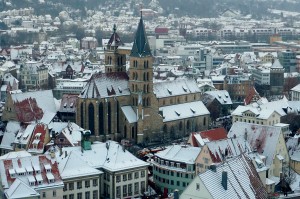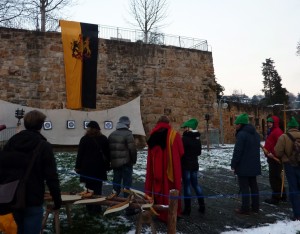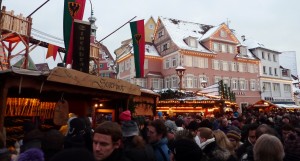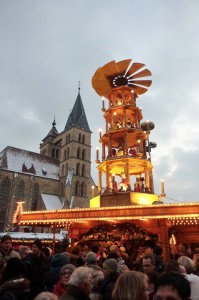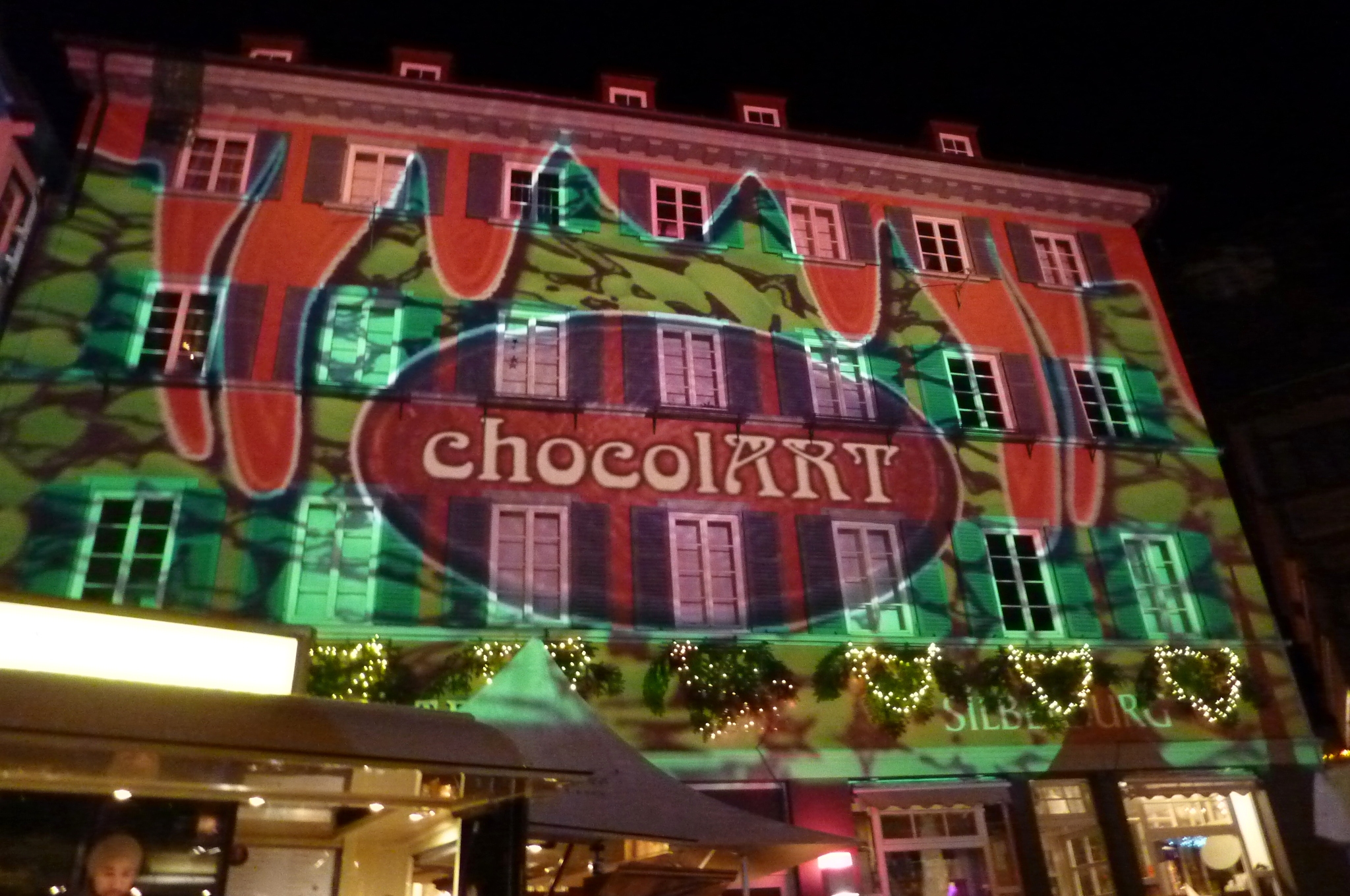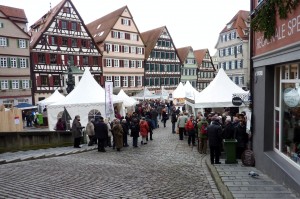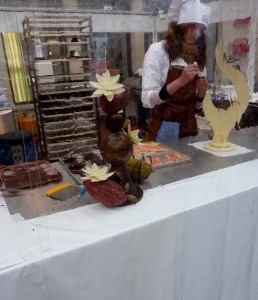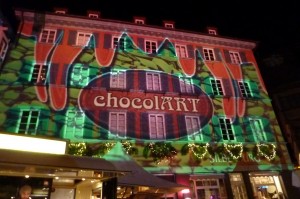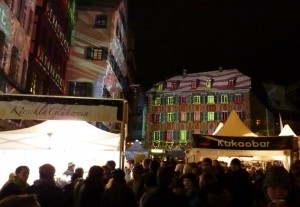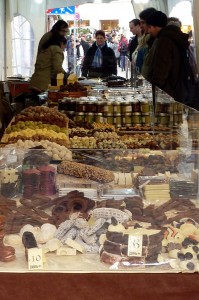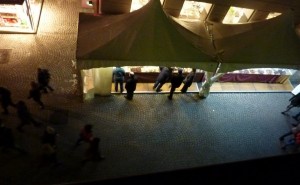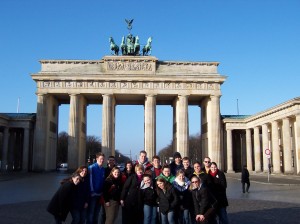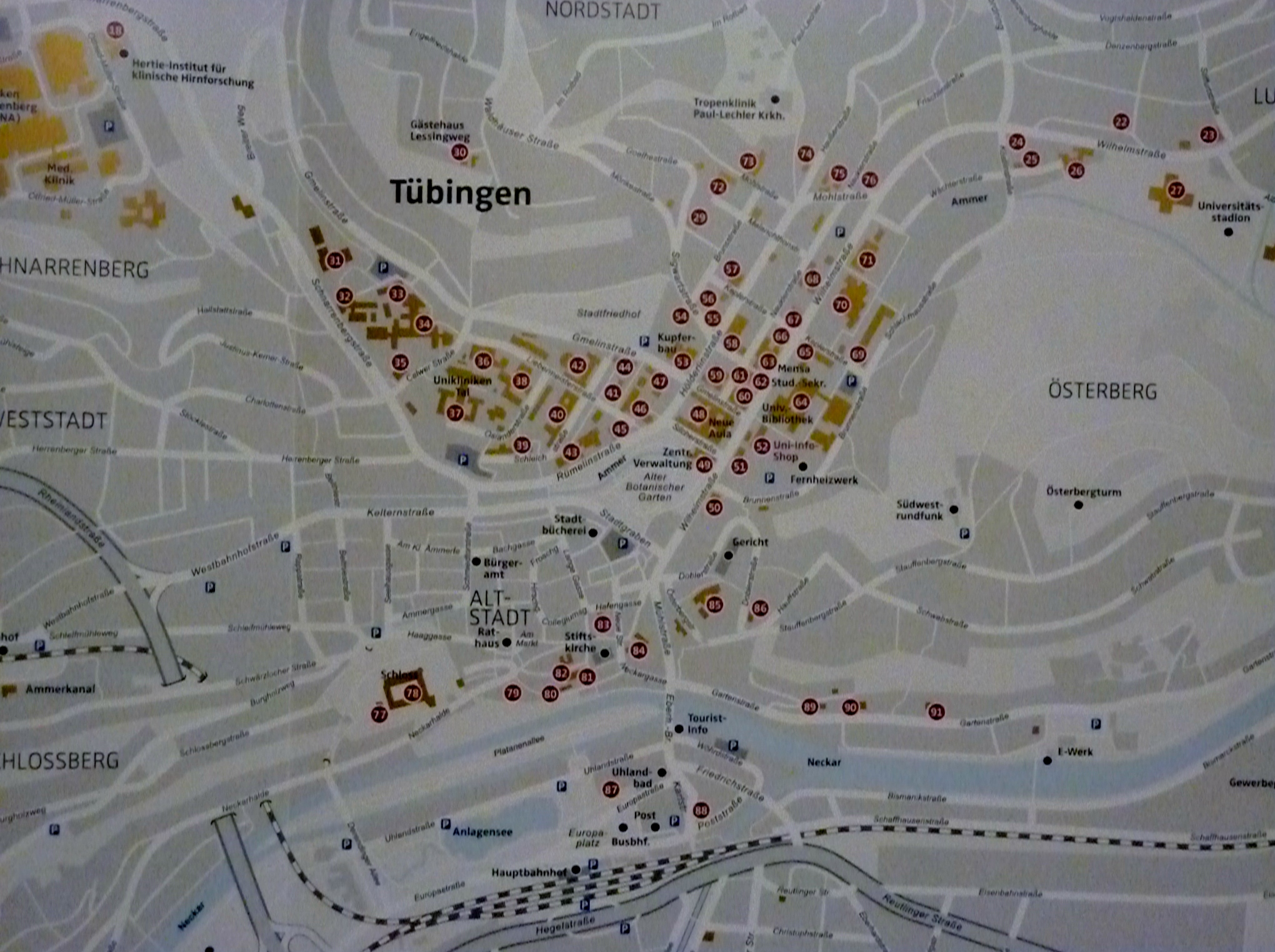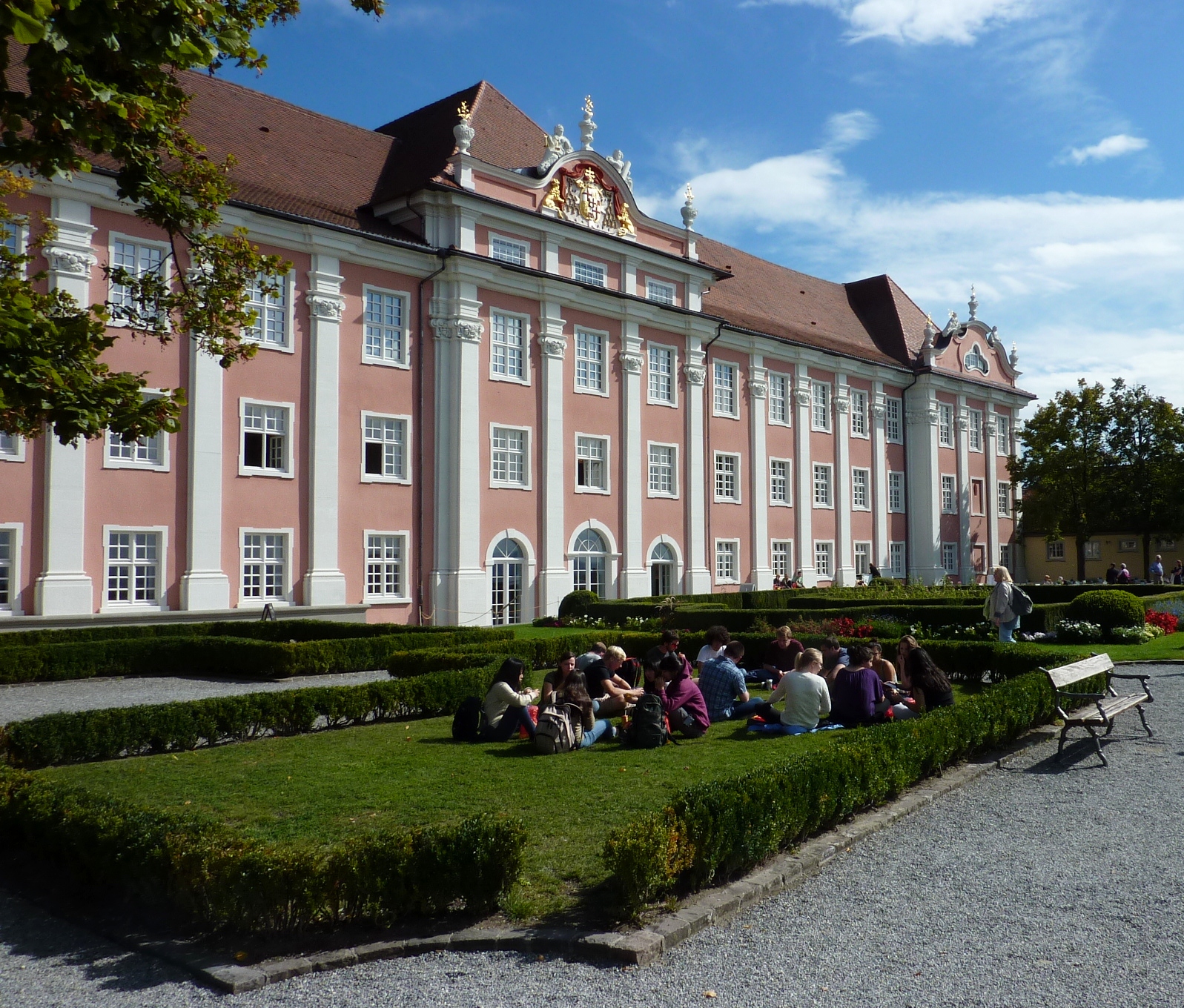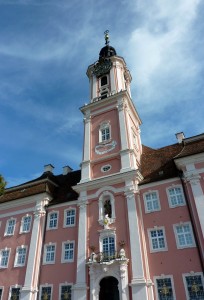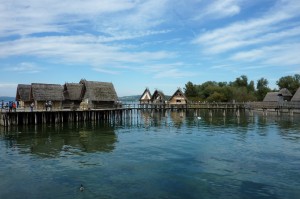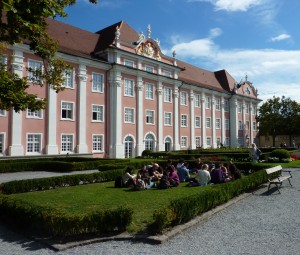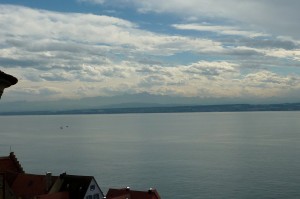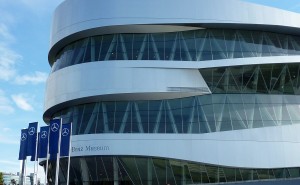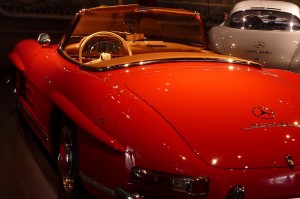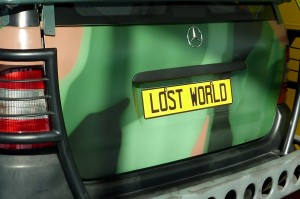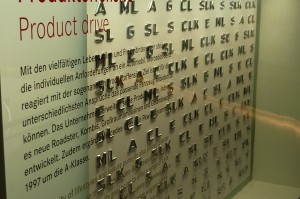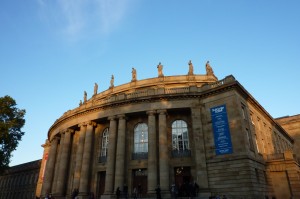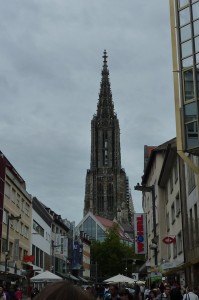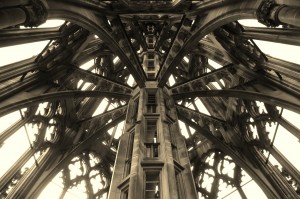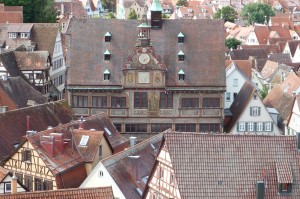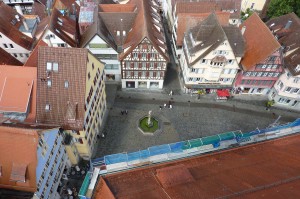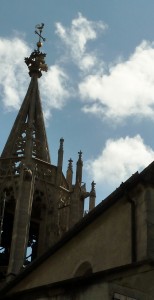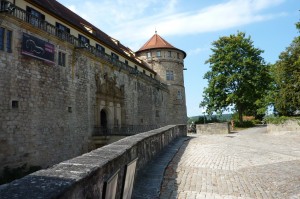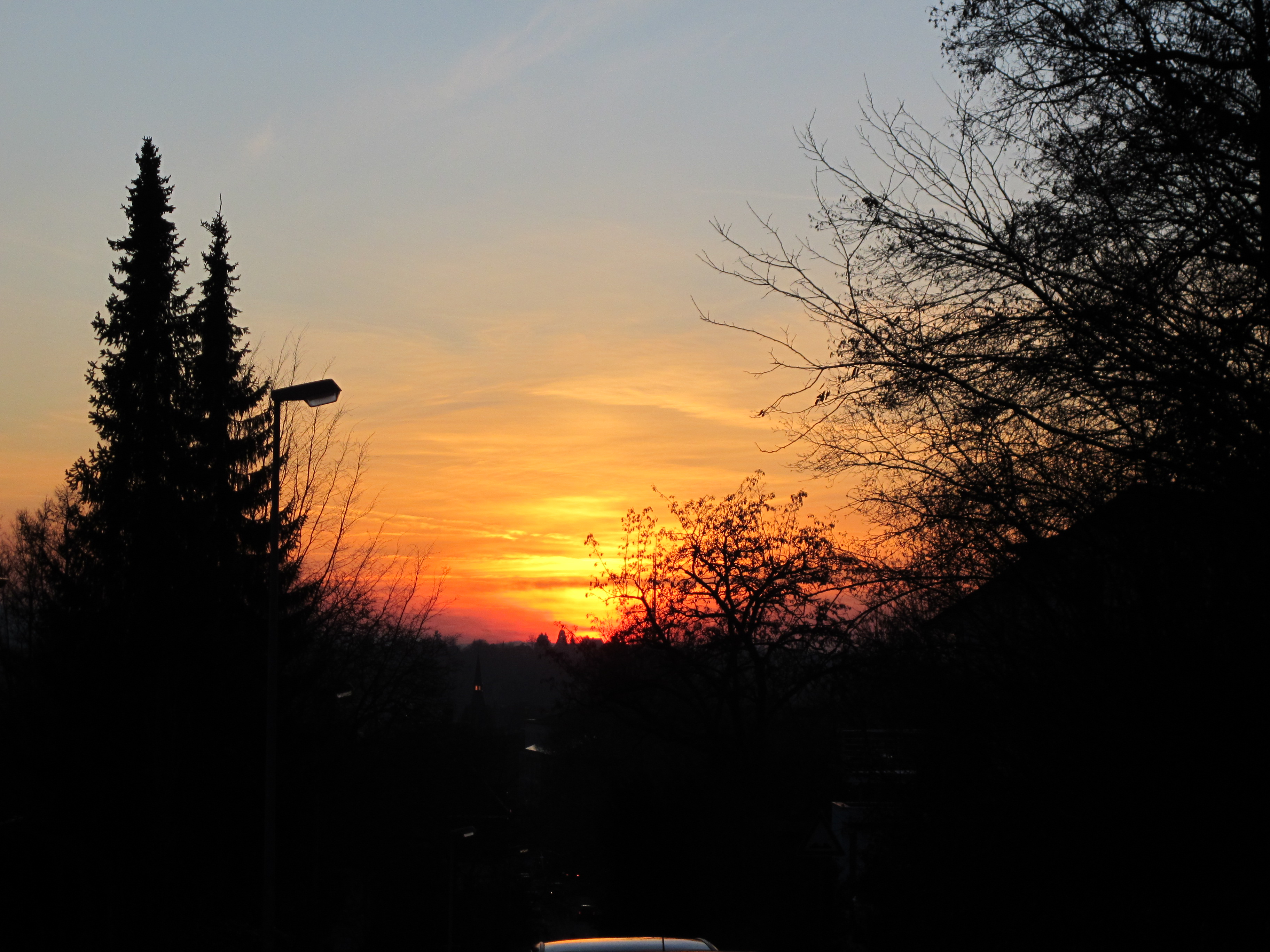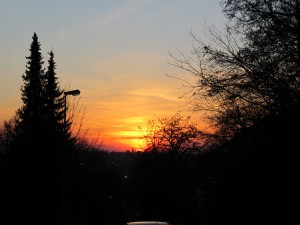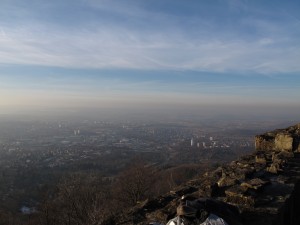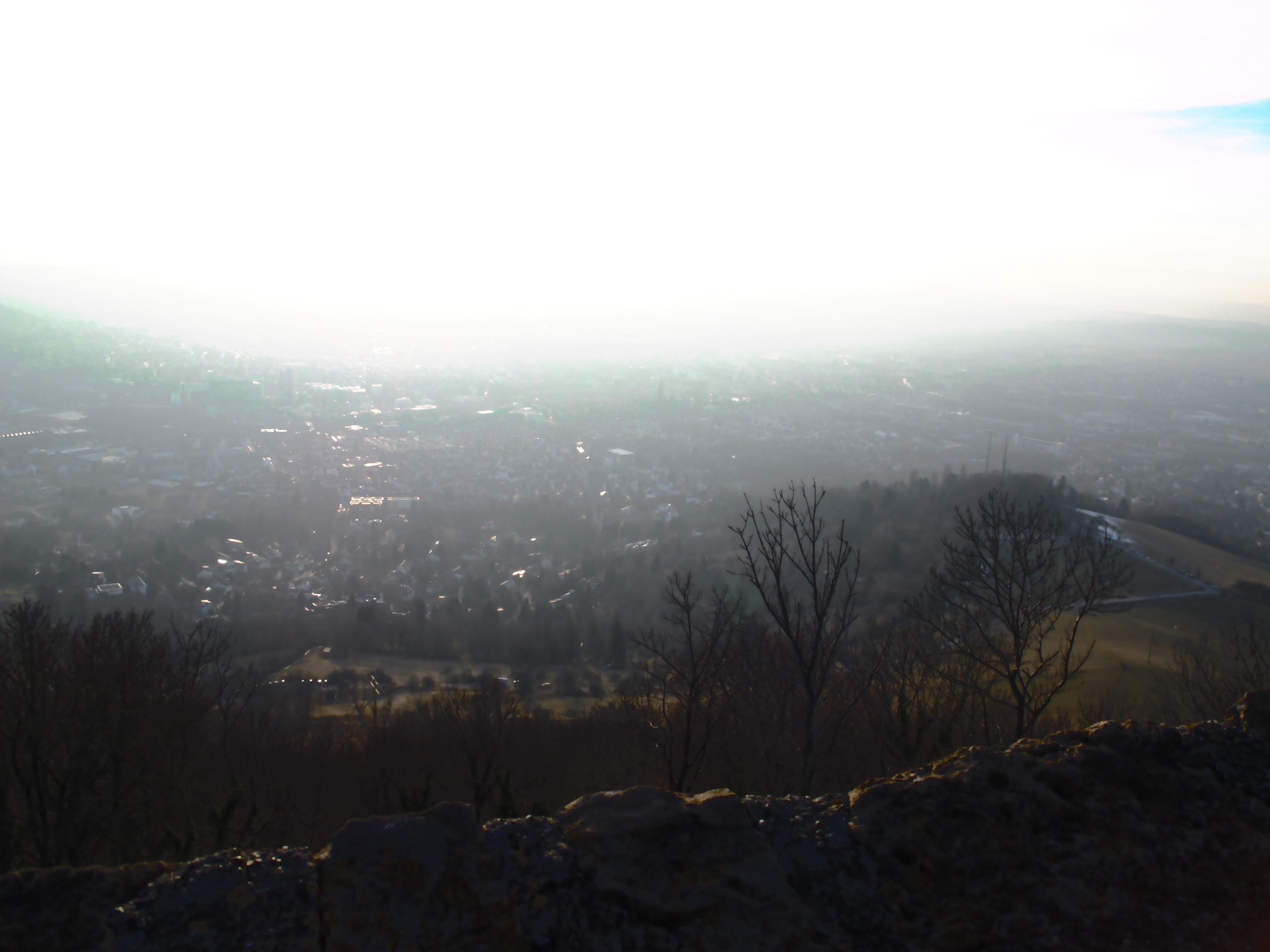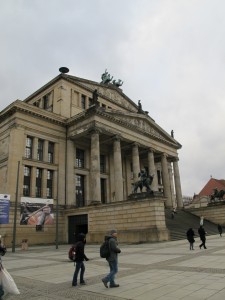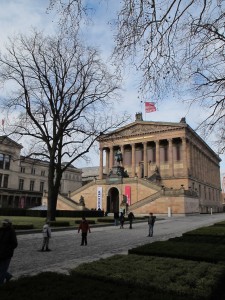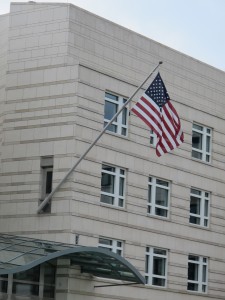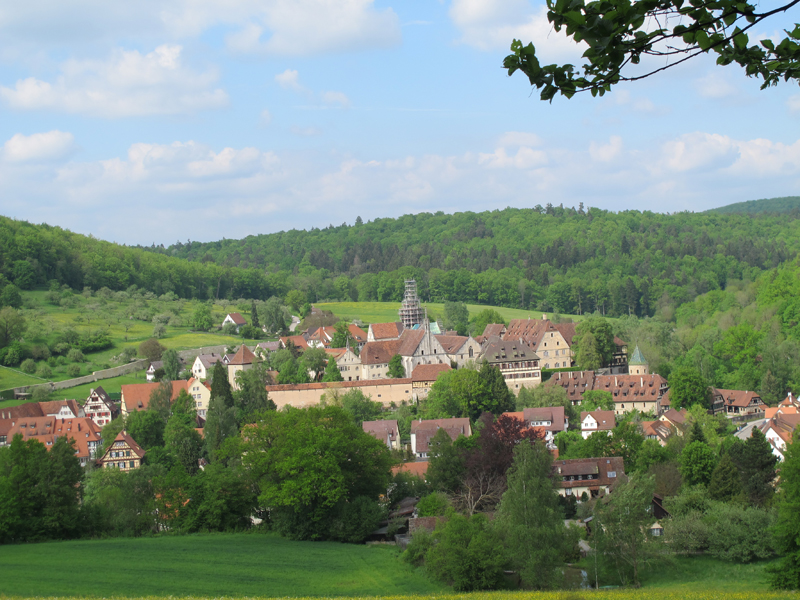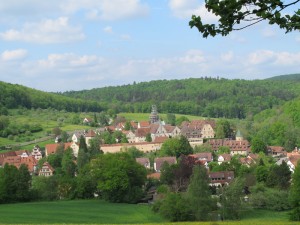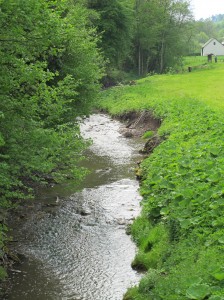So….where to begin?
First of all, trying to figure out which courses to take is no small task. There isn’t a course catalog that you can look at and read all about the courses and figure out which ones are really interesting. There isn’t even something similar that exists. All of the courses are online. They are organized according to the faculty or school, such as medicine, law, philosophy, Protestant theology, Catholic theology, et cetera, and then under each general category there are categories arranged to the difficulty/level/size of the class. Then under these categories you can find a class that you might want to take, except most of the courses have no descriptions, so you basically have to guess what the course is like. This means that you should pick a lot of classes, and then visit each one to figure out which ones you do and don’t want to take. This leads to our next interesting thing about German universities….the first lecture.
Before I move on to lectures, I have to mention that this year in Baden-Württemberg there is a so-called “Doppeljahrgang” taking place, because of changes in the educational system within the state. This means that the equivalent of two classes are being accepted for one year. Basically, the state took all juniors and seniors (because one year of school was eliminated before college) and shoved them into one year. Two years ago (2010/2011 school year) there were 25, 500 students enrolled. Now there are over 27,100 students. That’s a very big difference for any university to accommodate, not to mention that you have that much more people competing for apartments and dormitory spaces.
Since there are so many students, and since everyone wants to visit a lot of lectures in order to pick one that they want, maybe you can imagine what the first lecture will be like…or maybe I should just use a visual aid from a friend’s class (stole it from her Facebook profile)…
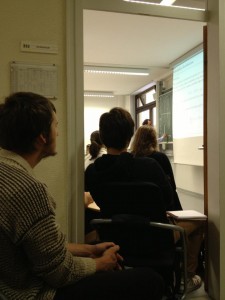
"8 a.m. lecture. I got a seat! Woohoo."
Now, I know what you might be saying…”This is a small room in the first place!”. However, even in one of the biggest lecture halls, with more than 100 seats, people were actually sitting on the floor and standing in the back of the classroom. I was fortunate to get a seat, though. Another thing about lecture that is different than Valpo is the length. Most classes at Valpo are either 1 hour and 15 minutes or shorter. Meanwhile, all of my lectures are 1 hour and 30 minutes. You are bound to be uncomfortable, especially if you show up 30 minutes early to get a good seat for the big lectures.
Let’s move on to the “campus” layout. Let’s take a look at the campus map…
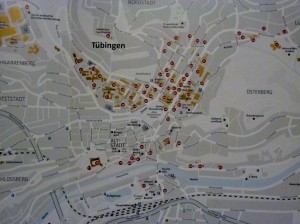
"Campus" map.
There actually isn’t a real campus. The university buildings are spread all over the city of Tübingen, so when you get a map of the various university buildings, you literally get a map of the city. A large amount of the students are forced to take a bus to class, especially if they live in the southern part of the city. Now I don’t think anyone at Valpo can complain about walking across campus…ever. There are some students that actually leave lecture early just so they can get to their next class on time. I don’t take a bus, because I don’t mind walking across the city, but maybe that will change when it starts snowing. Speaking of which…we don’t have as many breaks as Valpo. We basically have Christmas break (no Thanksgiving here, of course), and one big semester break (about three months).
I suppose the last thing that I can quickly mention about university here, is that there basically isn’t homework (except for reading). Also, there is usually only one test at the end of the semester for each course, and (maybe) a huge writing assignment. I think that’s basically all of the differences.
One last thing about the structure of the classrooms….they are all really long and not very wide, but it’s the opposite in the US. I just find that a little weird, because some students are basically very far away from the board and professor.
Until next time…

